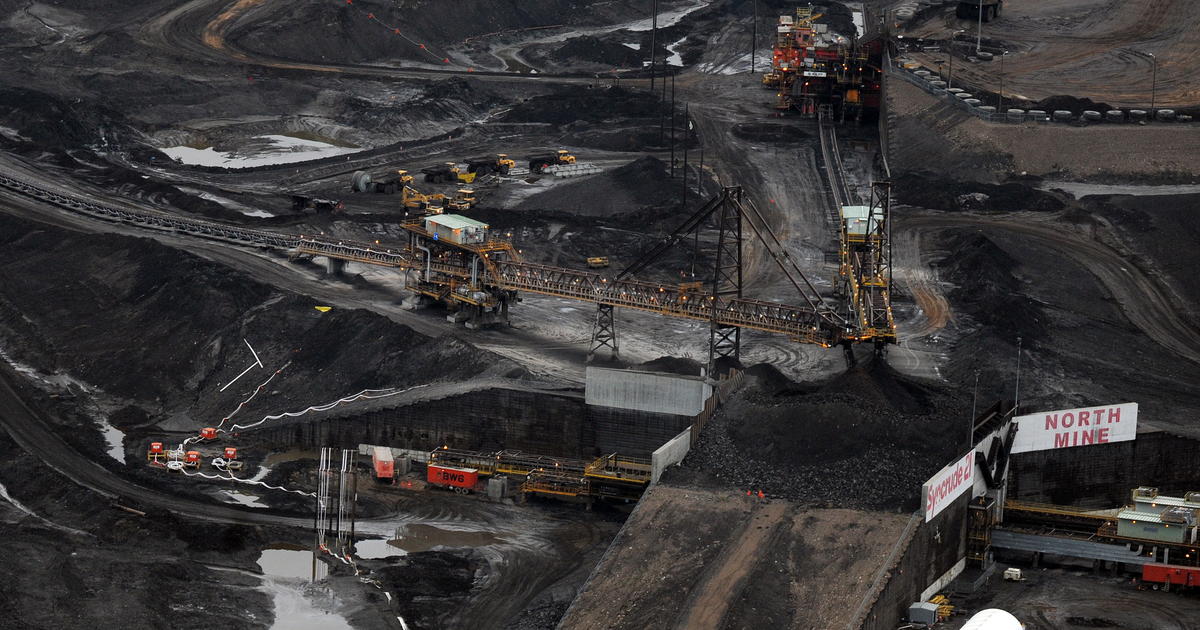ISO 6977 Shale Gas Water Content Testing
The ISO 6977 standard provides a precise method for determining the water content in natural gas, including shale gas. This service is critical for quality managers and R&D engineers to ensure compliance with international standards and optimize processes within the oil and gas sector.
Shale gas represents an essential resource in today's energy mix, with significant impacts on global markets. Accurate measurement of water content is crucial not only for ensuring product purity but also for optimizing production efficiency and reducing operational costs. This service ensures that shale gas producers meet stringent international standards such as ISO 6977.
Water content in shale gas can vary widely depending on the source and extraction method, influencing both the quality of the natural gas and its transportation through pipelines. By adhering to ISO 6977, laboratories ensure that their measurements are consistent with global standards, facilitating international trade and ensuring product reliability.
The testing process involves several steps: sample collection, preparation, and analysis using precise instrumentation. Samples must be representative of the production stream and free from contamination. Once collected, they undergo rigorous preprocessing to remove any impurities or other gases that could affect the results.
For accurate measurement, the gas is dried in a controlled environment using drying agents such as silica gel or molecular sieves until no further weight loss occurs. The difference between the original and final weights of the sample provides an accurate measure of water content. This method ensures high precision and reliability, which are essential for quality control in shale gas production.
The use of ISO 6977 is particularly beneficial for companies operating internationally or those seeking to comply with international regulations. It helps ensure consistency across different regions and facilities, thereby enhancing product safety and reliability.
For R&D engineers, this service provides valuable insights into the composition of shale gas, which can inform process improvements and innovation. By understanding water content variations, they can develop more efficient extraction techniques and optimize production processes to minimize waste and enhance resource utilization.
The importance of ISO 6977 cannot be overstated in an industry where quality control is paramount. Compliance with this standard helps companies maintain a competitive edge by ensuring their products meet the highest international standards, thereby enhancing customer trust and satisfaction.
Scope and Methodology
The scope of ISO 6977 Shale Gas Water Content Testing encompasses the measurement of water content in natural gas, specifically shale gas. This service is designed to provide accurate results that are consistent with international standards.
- Sampling: Representative samples must be collected from the production stream or source.
- Prep: Samples should be preprocessed to remove any contaminants and ensure they are free of other gases.
- Drying: The gas is dried using silica gel or molecular sieves until no further weight loss occurs.
- Weighing: The difference between the original and final weights of the sample provides an accurate measure of water content.
International Acceptance and Recognition
The ISO 6977 standard is widely accepted across various regions, ensuring that results are consistent and comparable globally. Countries such as the United States, Canada, and numerous European nations use this method for shale gas water content testing.
- United States: The Environmental Protection Agency (EPA) and the Department of Energy recognize ISO 6977 for quality assurance in natural gas production.
- Canada: Natural Resources Canada has adopted ISO 6977 as a standard for shale gas water content analysis.
- European Union: Multiple member states, including Germany and France, have implemented ISO 6977 to ensure consistency in their regulatory frameworks.
Use Cases and Application Examples
The results of ISO 6977 Shale Gas Water Content Testing are crucial for various stakeholders within the oil and gas sector. Quality managers rely on these tests to ensure product purity, while compliance officers use them to meet international standards.
R&D engineers utilize this information to develop more efficient extraction methods and optimize production processes. Procurement teams leverage accurate water content data to select appropriate pipeline materials that can withstand the specific conditions of shale gas transport.
For instance, a shale gas producer in Texas might use ISO 6977 testing results to adjust their drying process based on the measured water content. This ensures that the natural gas is dried thoroughly before entering the pipeline network, reducing the risk of corrosion and maintaining pipeline integrity.
In another example, an R&D team in Norway could use the data from ISO 6977 testing to refine their hydraulic fracturing techniques, leading to more efficient extraction processes. Similarly, a Canadian oil company might use these results to select appropriate insulation materials for their pipelines, ensuring that water content does not affect the performance of the transport system.
The consistent and reliable data provided by ISO 6977 testing is essential for maintaining product quality and regulatory compliance. It enables stakeholders to make informed decisions based on accurate measurements, thereby enhancing overall operational efficiency and safety within the oil and gas industry.





